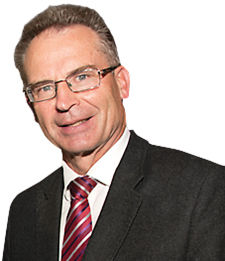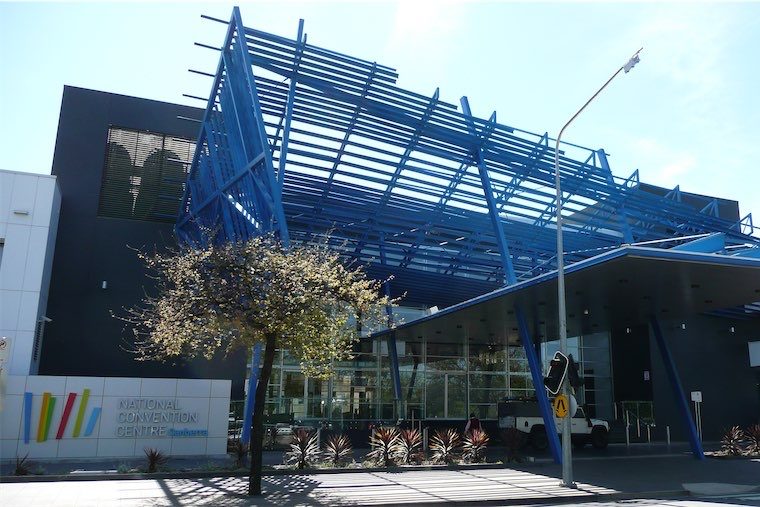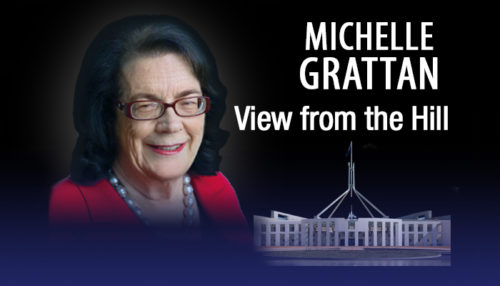
“What will it take to get the community to demand we tackle the entrenched social and economic disadvantage experienced by Aboriginal people in Canberra?” asks columnist JON STANHOPE.
THERE has been a 33 per cent increase in the number of women incarcerated in NSW between March 2013 and June 2019, according to a report prepared in NSW by the Keeping Women Out of Prison Coalition (KWOOP).

The report, which was released late last month, also reveals that about a third of women in jail were Aboriginal, despite making up less than 3 per cent of the population.
An interesting finding from the research was that a major factor in the growth in the number of women in prison was due to a 66 per cent increase in the proportion of women on remand, not a rise in crime.
It was also noted that Aboriginal women were on average waiting 34 to 58 days for bail and that the majority of women on remand were ultimately not given a sentence.
The most common crimes were crimes against justice procedures, such as breach of parole or failing to attend court, drug offences and acts intended to cause injury.
Aboriginal and Torres Strait Islander social justice commissioner June Oscar, in responding to the report, called for urgent systemic reform saying: “Our criminal justice system is in crisis, but that crisis is not to do with an increased criminality of our people.
“It is caused by unnecessary over-incarceration and a lack of desperately needed investment in community diversionary options.
“The system is broken. We are not.
“What’s needed is a community led, trauma informed preventative approach that tackles the entrenched social and economic disadvantage behind the crimes our women are incarcerated for.”
Winnunga Nimmityjah CEO Julie Tongs congratulated KWOOP for its commitment to the needs of women caught up in the criminal justice system in NSW.
She also noted ruefully that the absence of community-based coalitions such as KWOOP in the ACT was one possible explanation for the lack of public attention to or apparent concern or interest within the broader Canberra community and local media about the circumstances of Aboriginal people in Canberra.
Tongs said: “The painful reality is that the rate of incarceration of Aboriginal people in the ACT, including of Aboriginal women, is massively higher than in NSW and is in fact the second highest in Australia.
“In addition the number of Aboriginal and Torres Strait Islander men and women imprisoned in the ACT increased between 2009 and 2018 by a staggering 252 per cent against an average increase across all jurisdictions of 54 per cent and was to our shame by far the highest increase in Australia.”
She said she agreed that the incarceration of Aboriginal people was one of the most challenging human rights issues in Australia and it would accordingly be wonderful to see an organisation such as KWOOP operating in the ACT.
She listed issues she felt could be highlighted through such a coalition as:
- The impact the ACT government’s decision to abandon plans for an Aboriginal Drug and Alcohol Residential Rehabilitation Facility has had on the level of Aboriginal offending in Canberra;
- Whether the fact that the ACT is the only jurisdiction in Australia that does not comply with the recommendation of the Royal Commission into Aboriginal Deaths in Custody to support an Aboriginal Justice Centre militates against a reduction in the Aboriginal incarceration rate in the ACT;
- The impact that the refusal of the ACT government to develop an Aboriginal housing policy or to support the establishment of an Aboriginal housing corporation has had on Aboriginal homelessness and offending, re-offending and incarceration;
- The extent to which the non-employment by the ACT government of the Aboriginal Child Placement Principles and the fact that the ACT has the second highest rate of removal, in Australia, of Aboriginal children from their family and placement in out-of-home care has had a bearing on the Aboriginal incarceration rate;
- Whether the decision by the ACT government to ignore all of the findings of the initial report of the ACT inspector of corrections concerning the treatment of women detainees in the AMC affected the rehabilitation of women detainees and increased the likelihood of their re-offending;
- Why the recidivism rate of Aboriginal detainees in the ACT, which is 90 per cent, is the highest in Australia and almost twice as high as the non-indigenous rate and what conclusions can be drawn about the effectiveness of rehabilitation programs at the AMC or the value of the Throughcare Program as a result of this disparity in outcomes.
- What connection can be drawn between the fact that more than 30 per cent of Aboriginal children in Canberra live in poverty and the Aboriginal incarceration rate;
Julie and I both agreed that the final and perhaps most important question is: What will it take to get the community to demand, as articulated by June Oscar, that we tackle the entrenched social and economic disadvantage experienced by Aboriginal people in Canberra and which leads, among other things, to an Australia-high incarceration rate?
Jon Stanhope was chief minister from 2001 to 2011 and represented Ginninderra for the Labor Party from 1998. He is the only chief minister to have governed with a majority in the Assembly.
.
Who can be trusted?
In a world of spin and confusion, there’s never been a more important time to support independent journalism in Canberra.
If you trust our work online and want to enforce the power of independent voices, I invite you to make a small contribution.
Every dollar of support is invested back into our journalism to help keep citynews.com.au strong and free.
Thank you,
Ian Meikle, editor




Leave a Reply